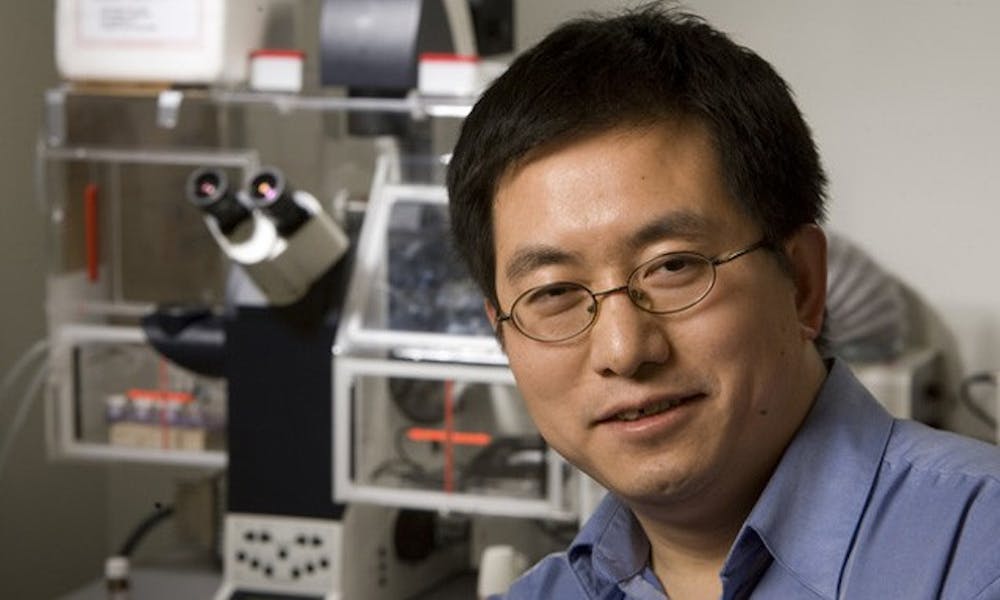A team of scientists, including several from Duke, published a research article Sept. 21 in the Public Library of Science Biology about the control of cell division in mammals, which could have significant impacts on future cancer research.
Overall, scientists agree and mostly understand the science behind the five stages of mitosis, which is the process of cellular DNA replication and cell division, but the force driving the actual cell separation has been mostly unknown.
Until now, two conflicting theories have stood out in answering this question. The transition probability model argues cells and their behaviors are identical, and each cell has an equal probability of beginning its cell cycle at any given moment, explained lead researcher Lingchong You, assistant professor in the Department of Biomedical Engineering. The growth control model claims that although cells are genetically identical, they each hold intrinsic differences in cell cycle starting points and rates of growth while in the cycle.
Through stochastic modeling—which incorporates random variation in cell cycle entry—and detailed experimental tests, You and his team of researchers arrived at a conclusion that integrates both contending theories. This new mechanistically based mathematical model could potentially be useful in the future for explaining consequences of different types of genetic mutations, You said.
“Precise control of cell growth is critical to normal function of the human body,” Guang Yao, a member of You’s team and postdoctoral fellow in the Department of Molecular Genetics and Microbology, wrote in an e-mail. “The decision for a cell to grow or divide is controlled by an Rb-E2F gene circuit that functions as a bistable switch, as shown in our earlier paper.”
The Rb-E2F switch is a combination of a key tumor suppressor gene, Rb, and E2F, which is a transcription factor that governs the expression of genes important for cell growth.
The Rb-E2F switch pathway determines if the cell is strong enough to enter the cell cycle. When the bistable switch is turned off, the cells are not dividing, and conversely when it is on, the cell is free to begin dividing again, You said.
“These studies are central to cancer research given the role of the regulation of the cell cycle as fundamental to normal cell proliferation,” Joseph Nevins, another member of You’s research team and director of Duke’s Center for Applied Genomics, wrote in an e-mail. “Disruption of this control is seen in virtually all human cancers.”
As a continuation to You and his team’s previous paper on bistable switches, the newly published paper took about two years for them to write, You said, adding that he will continue working on this project, but with a different team of available graduate students and postdocs.
In the future, their research will focus on “linking this Rb-E2F switch to other critical signaling pathways in the cell, and through the integrated analysis at the system level to identify potential cancer therapeutic strategies,” You said.
Duke will facilitate subsequent research projects, which will utilize and build upon these stochastic models for cell response to internal and environmental factors, particularly relating to cancer development, he added.
Get The Chronicle straight to your inbox
Signup for our weekly newsletter. Cancel at any time.

